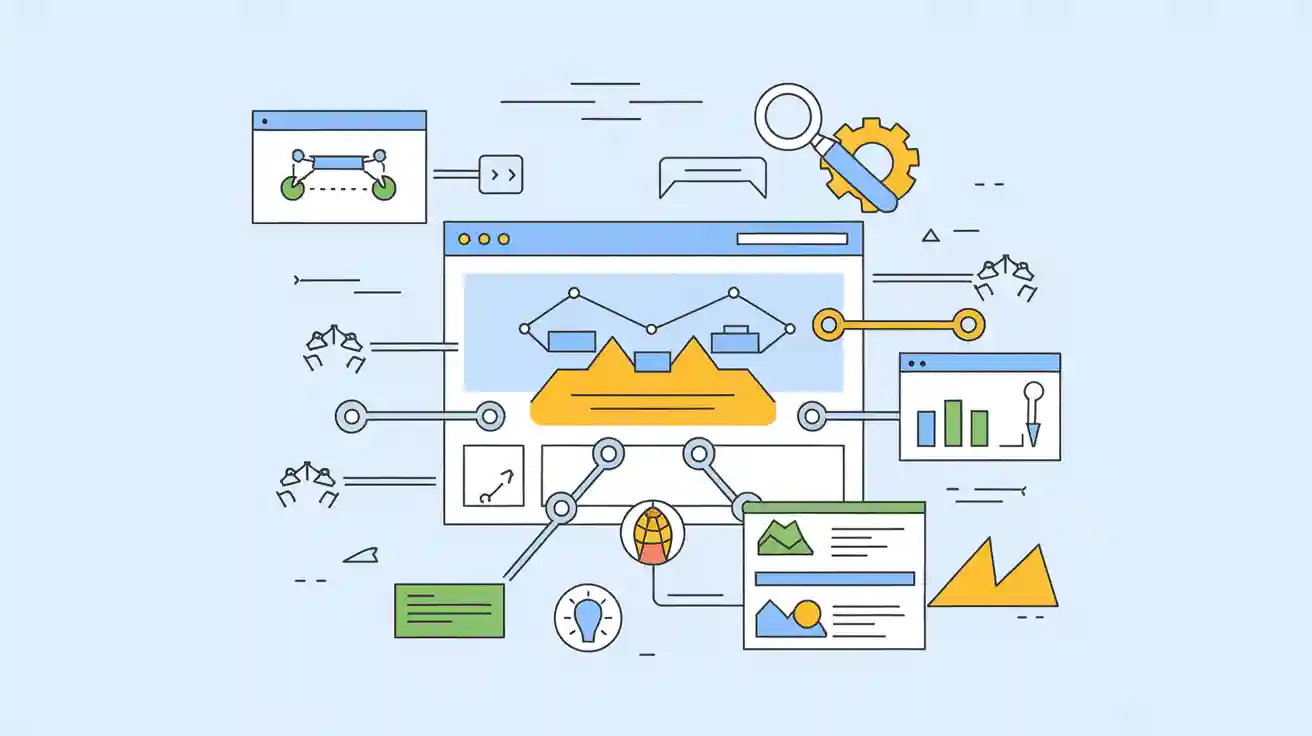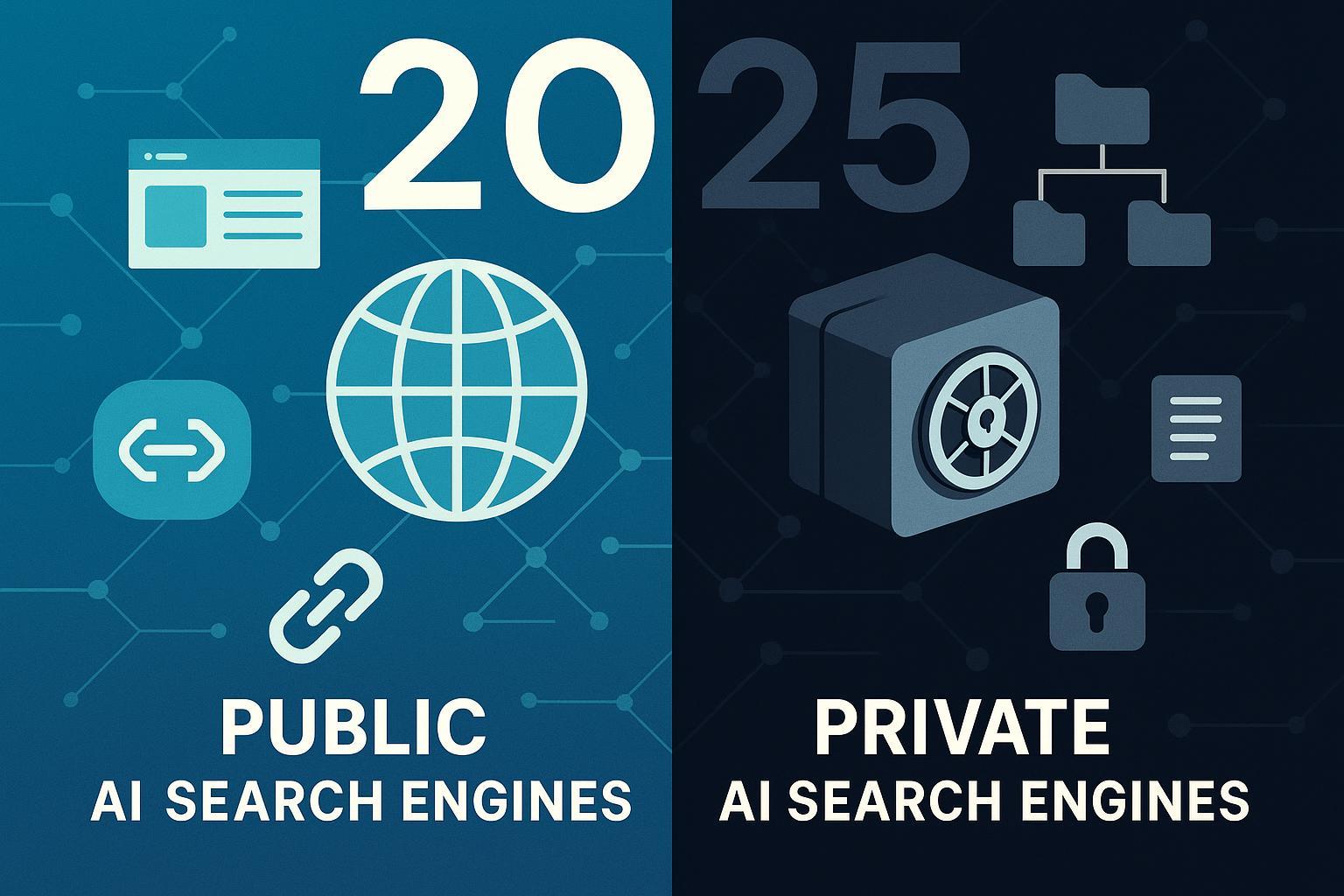What is Crawl Budget? Crawl Budget Definition, Optimization & SEO Guide
Learn what crawl budget is, why it matters for SEO, and how to optimize it for your website. Discover the definition, key factors, best practices, and how AI visibility tools like Geneo can help maximize your crawl budget and search rankings.


One-Sentence Definition
Crawl budget is the amount of resources and time that a search engine allocates to crawling a website within a specific period, determining how many pages can be discovered and indexed.
Detailed Explanation
Crawl budget is a critical concept in technical SEO, especially for large or frequently updated websites. It represents the maximum number of pages (or URLs) that search engines like Google can and want to crawl on your site during a given timeframe. If your site exceeds its crawl budget, some pages may not be crawled or indexed, which can negatively impact your search visibility and organic traffic (Backlinko, Ahrefs).
Search engines determine crawl budget based on two main factors:
- Crawl Rate Limit: The maximum speed and number of simultaneous requests a search engine bot can make to your site without overloading your server. This is influenced by your server’s performance, site health, and any crawl rate settings in tools like Google Search Console.
- Crawl Demand: How much search engines want to crawl your site, based on the popularity, freshness, and importance of your pages. Frequently updated or highly linked pages tend to have higher crawl demand.
For most small to medium websites, crawl budget is rarely a concern. However, for large sites (10,000+ pages), e-commerce platforms, or news publishers, optimizing crawl budget is essential to ensure important content is discovered and indexed promptly.
Key Components of Crawl Budget
- Site Size: Larger sites require more crawl budget to cover all pages.
- Server Performance: Fast, reliable servers allow bots to crawl more pages in less time.
- Internal Linking: Well-structured internal links help search engines efficiently discover and prioritize important pages.
- Duplicate Content & Redirects: Excessive duplicate pages, redirect chains, or broken links can waste crawl budget.
- Robots.txt & Sitemaps: Properly configured robots.txt files and up-to-date XML sitemaps guide search engines to crawl only valuable pages.
- Content Quality & Freshness: High-quality, regularly updated content increases crawl demand and prioritization.
Real-World Application & Optimization
Why Crawl Budget Matters
If search engines spend their crawl budget on low-value or duplicate pages, important content may be missed or indexed late. This is especially problematic for large, dynamic sites where new products, articles, or updates need to appear in search results quickly.
How to Optimize Crawl Budget
- Improve Site Speed: Faster load times allow bots to crawl more pages (Google).
- Fix Broken Links & Remove Redirect Chains: Clean up 404 errors and unnecessary redirects to avoid wasting crawl resources.
- Enhance Internal Linking: Ensure all important pages are linked from other parts of your site to avoid orphan pages.
- Update and Prune Sitemaps: Only include indexable, valuable URLs in your XML sitemap.
- Use Robots.txt Wisely: Block bots from crawling non-essential or duplicate pages.
- Monitor Crawl Stats: Use tools like Google Search Console to track crawl activity and identify issues.
Example: Using AI Visibility Monitoring
Platforms like Geneo help brands monitor which pages are being surfaced in AI-powered search results (e.g., ChatGPT, Google AI Overview). By identifying pages that are not being crawled or indexed, teams can adjust their sitemaps, internal links, or robots.txt to optimize crawl budget allocation. This ensures that high-value content is prioritized for both traditional and AI-driven search engines, maximizing visibility and ranking potential.
Related Concepts
- Crawling: The process by which search engines discover new and updated pages.
- Indexing: The step after crawling, where pages are added to the search engine’s database.
- Crawl Rate: The speed at which a search engine bot requests pages from your site.
- Index Budget: The number of pages a search engine is willing to index from your site (not always equal to crawl budget).
- Robots.txt: A file that tells search engines which pages or sections to crawl or avoid.
- Sitemap: An XML file listing important URLs to help search engines discover site content.
- Duplicate Content: Multiple pages with similar or identical content, which can dilute crawl efficiency.
- Internal Linking: The practice of linking between pages within your own site to guide crawlers and users.
Want to maximize your brand’s visibility in both traditional and AI-powered search? Try Geneo for real-time AI search monitoring and actionable SEO insights.





